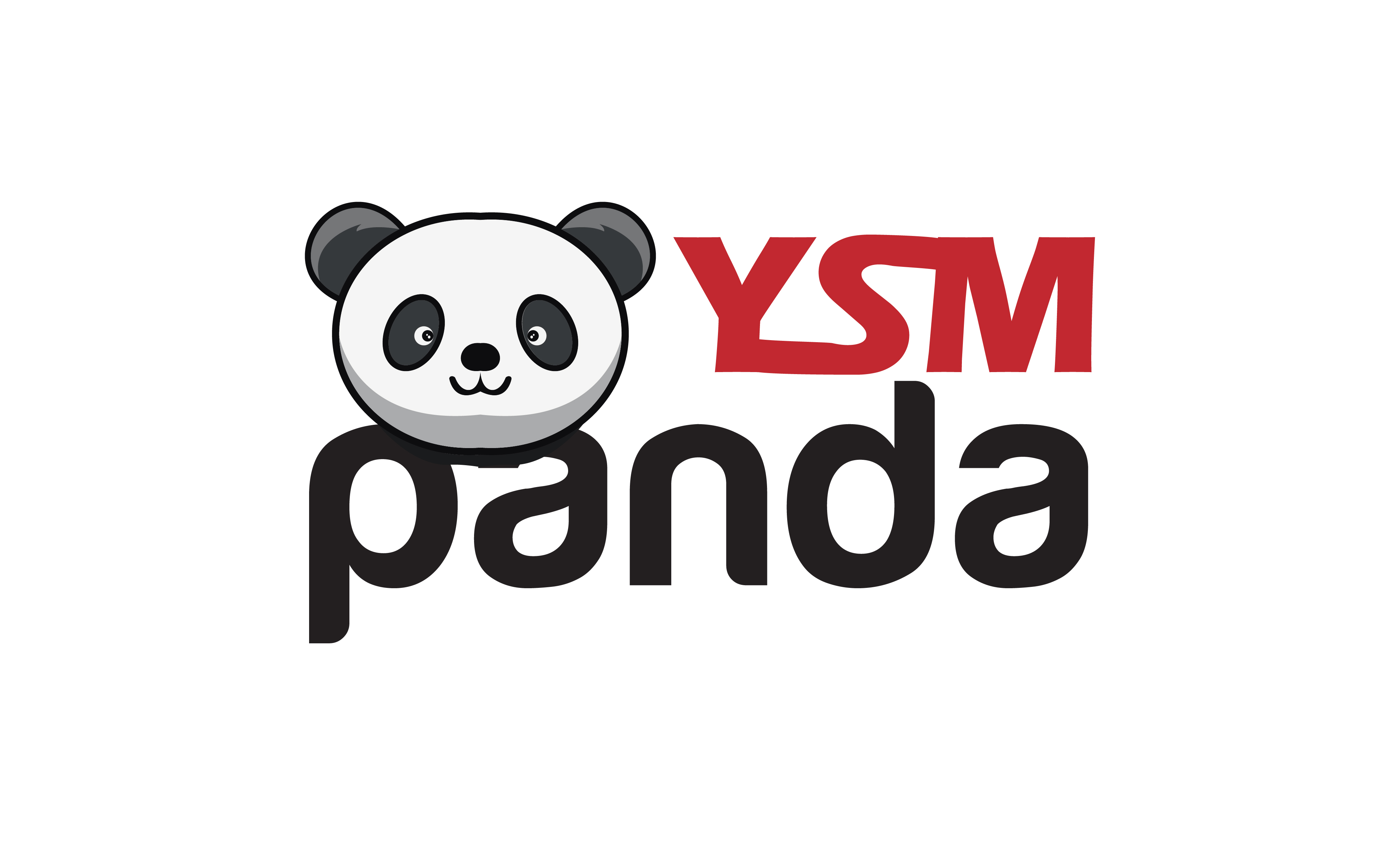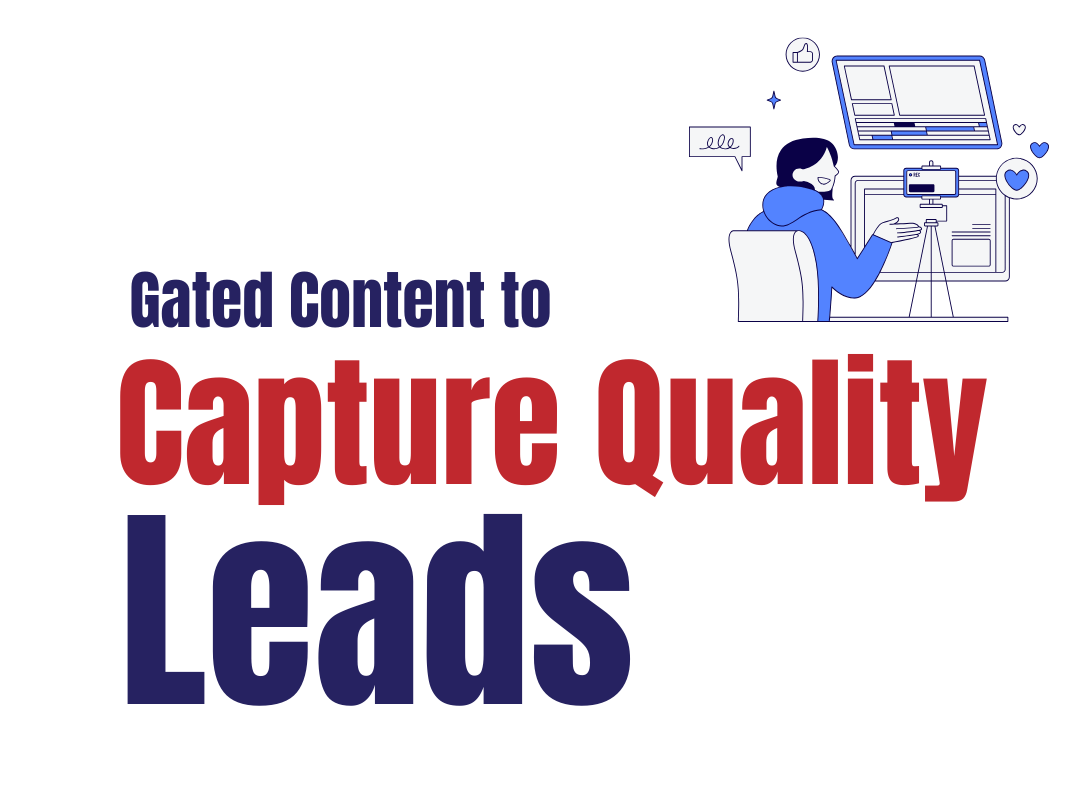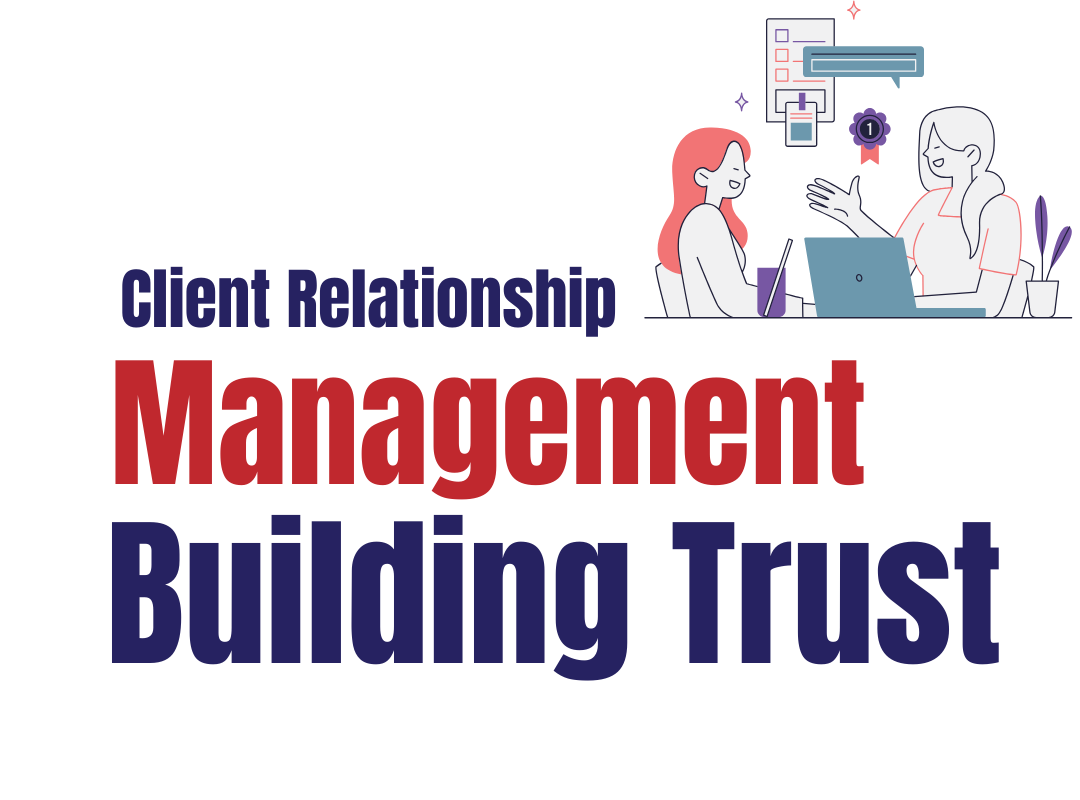August 2025 | By YSMPanda Team
Are you struggling to generate high-quality leads that actually convert into customers? One of the most effective strategies to achieve this is using gated content — exclusive resources that users can only access in exchange for their information.
At YSMPanda, we’ve seen how a strong gated content strategy not only fills your pipeline with qualified leads but also establishes your brand as a trusted industry authority. In this guide, we’ll cover the benefits of gated content, the best formats, distribution methods, and how to measure success.
What is Gated Content?
Gated content refers to premium digital assets such as ebooks, reports, whitepapers, webinars, or templates that are accessible only after the user shares their information, typically through a form. This exchange benefits both parties: the user gains valuable insights, while you gain valuable lead data.
However, simply placing content behind a form isn’t enough. To succeed, your content must be genuinely valuable, your landing page persuasive, and your distribution strategy carefully planned. Gated content works best when it solves a real problem for your audience.
What You’ll Learn in This Guide
This article explains:
- The benefits of using gated content
- The most effective types of gated content
- Best practices for creating and distributing gated assets
- How to balance gated and ungated content
- How to measure success with KPIs
- Industries and examples where gated content delivers the most impact
Benefits of Gated Content
One of the biggest advantages of gated content is streamlined lead generation. By collecting user details such as name, email, and job title, businesses can build high-quality lead lists. This data allows for more targeted campaigns, improving the chances of conversion.
Another key benefit is the ability to segment your audience. By analyzing the information collected, you can tailor your messaging to specific industries, roles, or buying stages. This level of personalization strengthens trust and increases relevance.
Finally, gated content positions your brand as an authority in your field. When people are willing to exchange their information for your content, they view your business as a reliable source of insight and expertise.
Types of Gated Content:
The format you choose depends on your audience’s needs and where they are in the buyer’s journey. Here are four of the most effective formats.
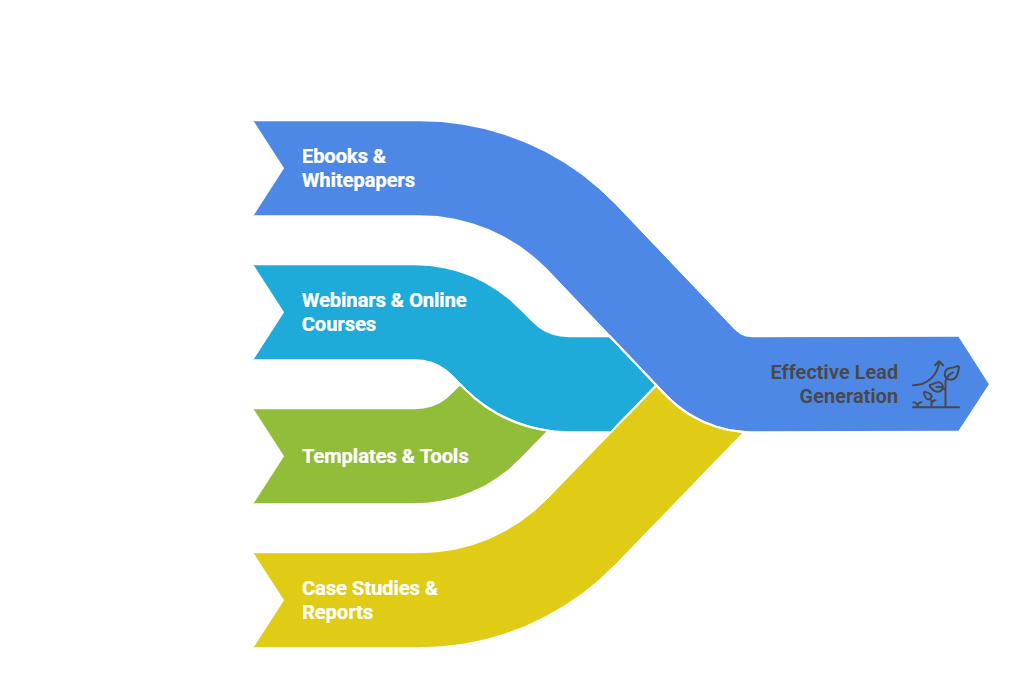
Ebooks & Whitepapers
These work well for delivering in-depth analysis and actionable insights. For example, a SaaS business could create a whitepaper on the future of AI in automation. Research shows ebooks make up nearly 40% of all gated content requests, proving their popularity among professionals.
Webinars & Online Courses
Webinars allow for real-time engagement through live Q&A, while online courses provide structured, ongoing value. Both formats are excellent for building authority and deepening trust. A fitness franchise, for example, could host a webinar with nutrition experts and trainers.
Templates & Tools
Practical assets such as templates, calculators, or checklists provide immediate value. Marketing agencies, for instance, often share campaign calendars or audit templates. These resources are particularly effective at capturing early-stage leads seeking quick solutions.
Case Studies & Reports
Case studies showcase real-world results, while research reports provide exclusive data. Both are highly persuasive in later stages of the funnel. In fact, case studies are almost 80% more likely than webinars to influence a purchasing decision within a year.
Best Practices for Creating Gated Content
Start by knowing your audience. Research their challenges, goals, and common questions. The more relevant your gated content is, the more likely prospects will provide their information.
Next, align your content with the buyer’s journey. Early-stage prospects may prefer educational guides, while late-stage leads are better served by case studies or ROI-focused reports. Always ensure the perceived value of the content matches the “cost” of sharing personal information.
Finally, optimize your landing pages. Keep them simple, focused, and mobile-friendly. Ask only for essential details, such as name and email, and consider requesting additional information later as trust grows.
How to Distribute Gated Content
A well-designed asset is only effective if your audience sees it. Email marketing is one of the most powerful ways to promote gated content, particularly when paired with lead nurturing campaigns. Paid social ads can also extend your reach with precise targeting.
Organic promotion should not be overlooked. Use blog posts, social media updates, and SEO-optimized landing pages to drive traffic. Influencer collaborations and partnerships can help reach new audiences who already trust the recommender.
For maximum impact, combine multiple channels. A consistent presence across email, social, search, and events ensures your content is seen by the right people at the right time.
Balancing Gated vs. Ungated Content
Not all content should be locked behind a form. Blogs, videos, and infographics should remain ungated to boost SEO visibility and build awareness. These free resources act as entry points for new visitors.
Reserve gated content for deeper, high-value insights. Use ungated posts as teasers that encourage readers to access the full report, webinar, or guide by submitting their information. This balance ensures you capture leads without sacrificing reach.
Measuring Success of Gated Content
Tracking performance is crucial to refining your strategy. Monitor engagement metrics such as click-through rates and form completion rates. These indicate whether your landing page and offer are compelling.
Equally important is lead quality. Measure how many marketing-qualified leads (MQLs) and sales-qualified leads (SQLs) come from each asset. Review conversion rates and pipeline revenue to assess overall impact.
Finally, test and optimize regularly. Run A/B tests on headlines, forms, and CTAs to see which variations drive the most conversions. Data-driven adjustments will improve results over time.
Industries Where Gated Content Excels
B2B SaaS companies often use whitepapers, case studies, and product demos to attract decision-makers. In healthcare, guides and reports are common tools to educate professionals and patients.
Finance brands rely on calculators, investment guides, and exclusive reports to establish trust. Technology companies frequently use webinars, product trials, and technical reports to engage prospects. Franchises benefit from ROI breakdowns, opportunity guides, and success stories that attract investors.
Across industries, gated content remains one of the most effective ways to capture interest and qualify leads.
Real-World Examples
HubSpot uses a wide range of gated content — from ebooks to free templates — as part of its inbound marketing strategy. This approach has helped it become a leader in digital marketing education.
Visme, a design tool, offers free templates and presentations behind forms, driving steady user sign-ups. Hootsuite simplifies its gated forms to reduce friction, increasing the volume of leads captured without sacrificing quality.
These examples prove that gated content works across industries when designed with value and accessibility in mind.
Final Thoughts
Gated content is far more than a lead capture tool. When executed with strategy, it generates qualified leads, builds authority, and nurtures long-term relationships.
At YSMPanda, we specialize in helping businesses create gated content strategies that convert. From ebooks and webinars to reports and templates, our team ensures your content delivers measurable ROI.
Ready to unlock the potential of gated content?
Contact YSMPanda today and let us build your next lead generation engine.
